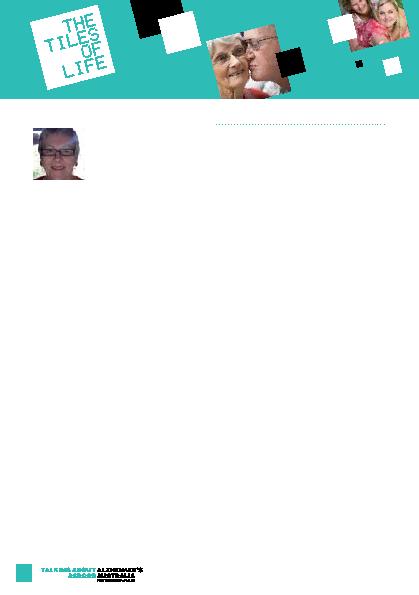
an Agricultural Show when
she was 8 years old, but her
mother had helped a lot with
"the eyes", so that didn't
count.
thrill of being in demand for her detailed paper
cut-outs of lovers kissing, until they were
confiscated and future arty forays were banned
by her teacher.
felt empowered enough then to choose her
own direction in life.
was required "But what will I do?" she said
to her poet companion lounging on a grassy
knoll on a summer's day. "I dunno draw that
bulldozer over there draw me!" So she did
and won a place painting and sculpting.
nursing (not her forte) as neither poetry nor
painting paid the rent.
aspects of fine art and writing has nurtured her
arty inclination and her recent retirement offers
a luxurious amount of time.
two others partly developed.
Farnarkling offers an ideal combination, to
Jenny, of accessible art with a hint of activism.
Already growing in momentum the project
purrs with possibilities.
a mixture of humour and pathos, about her
experience of high level residential care. The
book was noticed by a dementia care worker
who, in classic creative mode, saw a new use
for an existing product!
of cartoons depicting issues for people living
with dementia and receiving residential or
community aged care services (Approximately
86% of residents living in residential care have
some degree of cognitive impairment.)
different ways by dementia, and we each saw
examples of skilled, compassionate care and
also examples of care deficits at individual or
organisational level.
stories, to encourage discussion and challenge
existing care systems and practices. A quick,
accessible message, realism and an occasional
hit of humour seemed appropriate.
love, something to do and something to look
forward to, how do you pursue that in Aged
Residential Care? How do you go about
satisfying basic drives such as the desire to be
useful, to belong, the desire for something to
happen, the desire to be noticed and loved?
in staging the exhibition and some technical
aspects of the finished artwork. I was surprised
by new findings about creativity on a personal
and organisational level, ie, what tends to
repress creativity and what gives our creative
impulse freedom and energy